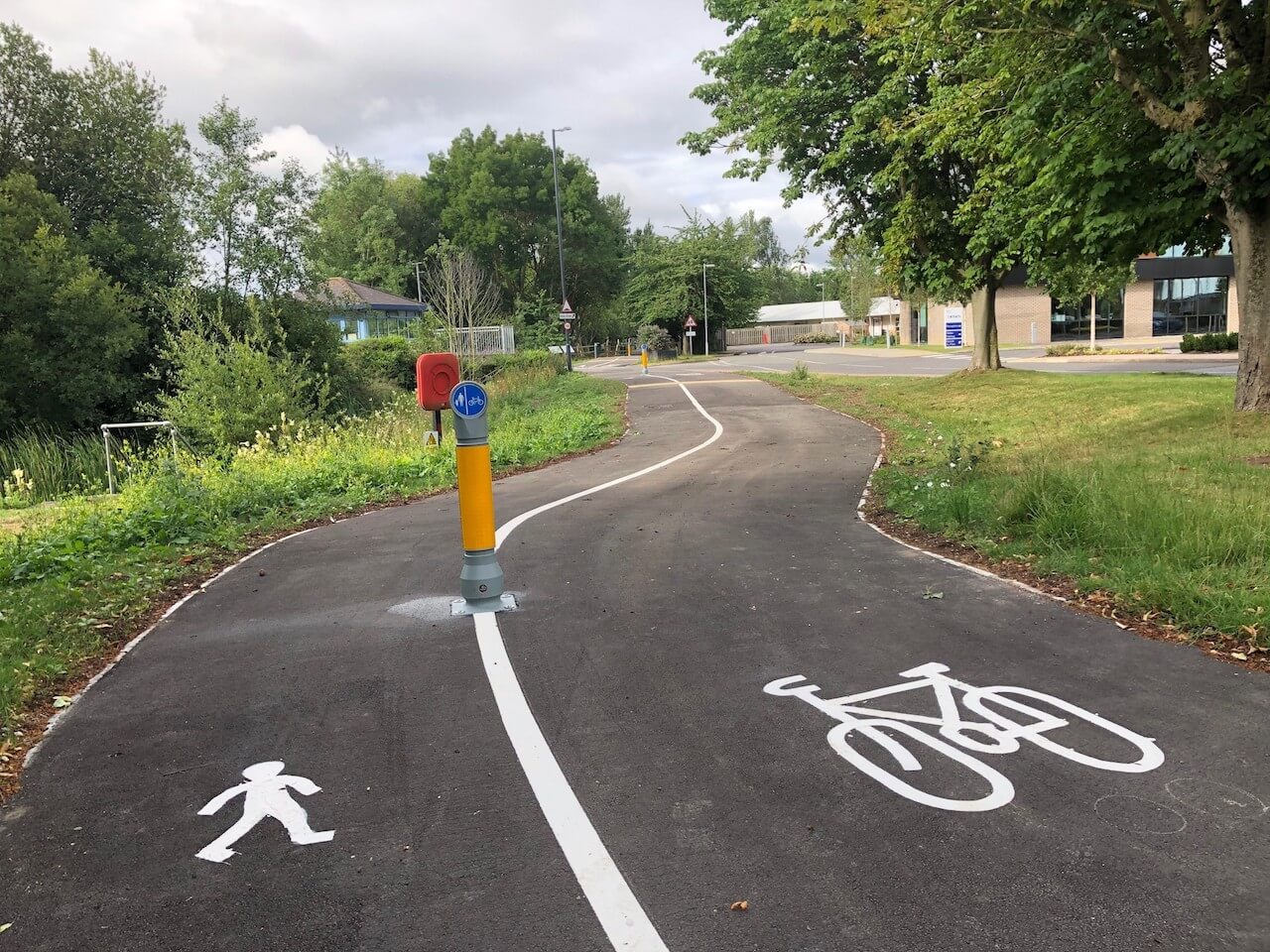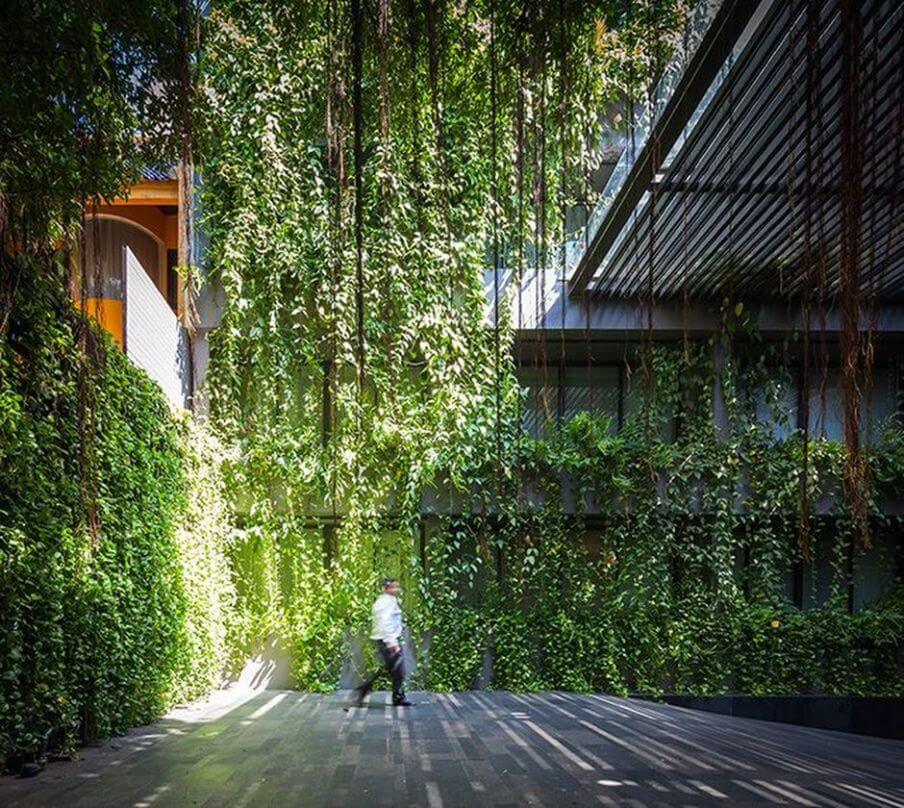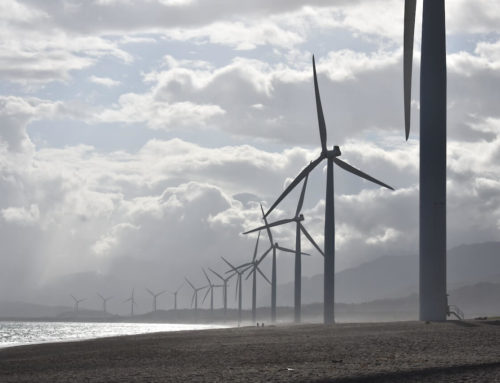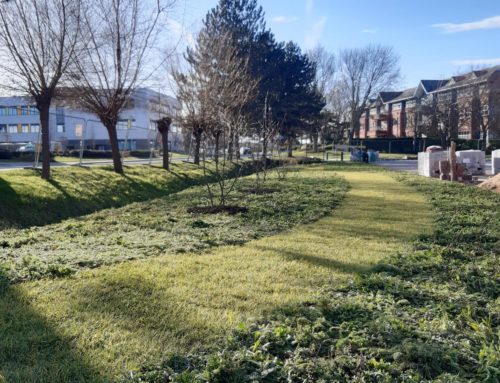Supporting Occupiers Wellbeing:
The Role of Landscape
By Veronica Flemming, Senior Landscape Architect
As lockdown measures are lifted and a new normal begins to emerge, it is clear that the economy and the health of the nation has never been so important. Although the physical threat from Covid-19 is lessening as infection numbers continue to drop, the mental health impacts from elevated rates of stress and anxiety, as well as loneliness and depression during the lockdown, are only just becoming clear.
Facility Managers and their staff have been hard at work keeping people safe and mitigating understandable anxieties through social distancing and cleanliness arrangements within buildings but how can the landscape assist us with this challenge?
In addition, with the evidence mounting of the economic damage taking place due to the coronavirus pandemic; how can landscape assist in ensuring Science and Business Parks attract and retain the best and the brightest occupiers?
The Importance of Access to Green Space
At least part of the answer to these questions, can be found in ensuring access to quality green spaces. Throughout the Covid-19 lockdown period, green spaces have proven to be incredibly important. How many of us have turned to our garden, window-boxes, local park or countryside to find solace and calm through this turbulent time?
The evidence between access to green space and both physical and mental health benefits is extensive and well established. How we plan, design and manage our landscapes should be guided as much by their importance for health, as for all of their other functions.
These benefits include, but are not limited to:
- Reduced levels of obesity
- Higher levels of physical activity
- Improved mental health
- Increased levels of companionship, sense of identity and belonging.
A 2015 UK study specifically looking at the value of greenspace at science park workplaces found that both their use and visual access from indoors support employee wellbeing.
Research has also highlighted the correlation between job satisfaction and business success. These factors are not only linked to job roles and salaries, but also to the quality and design of spaces within the workplace and access to activities that promote well-being and a healthy work-life balance.
We also know that well designed landscapes provide multiple ecological benefits too, including; biodiversity, improved water retention and quality, reductions in air pollution and reduced maintenance costs.
Delivering Multi-Functional Landscapes
So how can we incorporate or retro-fit well designed landscape into our science and business parks to maximise these benefits to occupiers? A few of the potential solutions available are outlined below.
Improve Sustainable Transport Routes:
- Encourage cycling / scooting / walking into work both through infrastructure and initiatives ie. bike-to-work.
- Prioritise at junctions/crossings walking and cycling over vehicles.
- Provide supportive infrastructure ie. Secure bike shelters, electric charge points, shower and changing facilities.
We have been working with MEPC and their Specialist Travel Advisor Veronica Reynolds to deliver a 0.62 miles of shared pedestrian/cycleway route running the entire north/south length of Milton Park, which forms a longer distance link between Abingdon and Didcot, and looks to improve site permeability and drive-down reliance on car use (opening July 2020).
We have seen from our data that cycling has never been so popular at the Park. We continue to do everything we can to continue to encourage cycling, scooting and walking into work, both through infrastructure initiatives such as this new route and events such as our popular monthly Bike 2 Work breakfasts.
Veronica Reynolds, Sustainable Transport Advisor, Milton Park.
Outdoor Working Spaces:
- Integrate outdoor office spaces into the existing landscape
- Incorporate street furniture with power and WIFI capabilities.
- Promote outside working and social distancing.
Working with Frasers Property, in conjunction with Spratley and Partners; the first phase of the landscape redevelopment at Winnersh Business Park incorporates outdoor office spaces (opening August 2020).
In the post Covid world, our challenge is to make our places of work relevant & appealing to both our occupiers and their people. At Winnersh Triangle, through landscaping, development and customer engagement we are enriching a series of individual work zones and integrating them into a cohesive business community.
Rupert Batho, Commercial Director, Frasers Property.
Outdoor Gyms:
- Create ‘lunchtime’ running/walking/cycling routes as above.
- Install outdoor gyms with sanitising stations.
- Create areas where equipment can be taken out for fitness classes ie. Spinning /Yoga or non-contact team sports can be played ie. Badminton / Tennis.
- Provide changing facilities.
We have integrated multiple out-door gyms for our clients; more recently we have designed a ‘sports hub’ integrated into Winnersh Business Park on a brown-field site, providing an inside/outside work-out space.
Temporary Landscapes:
- Take advantage of under-used /short-term space ie. Carparks.
- Introduce temporary landscape interventions or ‘parklets’ which can be lifted and moved to elsewhere.
- Temporary tree installations in moveable containers to create short term enclosure and enhance amenity
- Public art – temporary installations in conjunction with local art colleges or artists
- All these interventions can be low-cost / high impact, and are useful tools to ‘test’ the re-use of a space.
Infinite ways to innovate! We have looked into individual ‘pods’ for a science park client that can be re-used multiple ways to enliven otherwise underused space.
‘Parklets’ can be dropped onto under-used space to activate frontages and under-used space, and can moved when required (images courtesy of vestre.com)
Vertical Landscapes
- High impact ‘Green Walls’ for immediate wow factor.
- Climbers ie. On tensile structures; slower to establish but generally cheaper and more sustainable.
- Useful where space is at a premium whilst bringing a host of benefits ie. Improved building performance, biodiversity, biophilia for occupiers.
We are currently retro-fitting green-walls on multiple locations including Chineham Business Park (To be completed August 2020, images courtesy of Jakob.co.uk).
Low input / High impact planting
- Create landscapes that spark joy and a real ‘wow’ moment; a sense of place.
- Biodiversity benefits.
- Very low maintenance once established
- Needs to be supported with ‘cues to care.’
Low input high impact planting with ornamental meadows (image courtesy of Pictorial Meadows).
To support occupier appreciation of these spaces (particularly during the winter months and establishment period) we have designed Biodiversity Boards to engage and enrich occupier understanding of the meadow areas, bee hives, lagoons and Swift Towers throughout Milton Park.






















